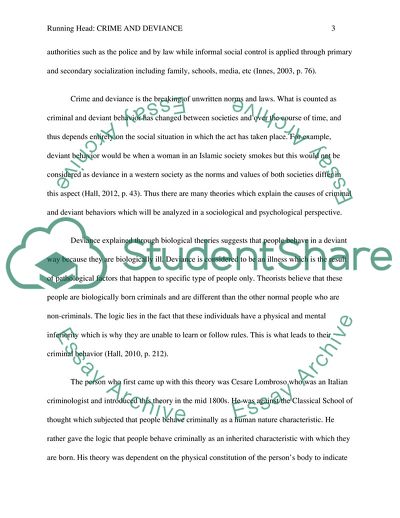Cite this document
(Deviance is Regarded as the Behavior Which is Against the Norms Essay, n.d.)
Deviance is Regarded as the Behavior Which is Against the Norms Essay. https://studentshare.org/sociology/1829588-crime-and-deviance
Deviance is Regarded as the Behavior Which is Against the Norms Essay. https://studentshare.org/sociology/1829588-crime-and-deviance
(Deviance Is Regarded As the Behavior Which Is Against the Norms Essay)
Deviance Is Regarded As the Behavior Which Is Against the Norms Essay. https://studentshare.org/sociology/1829588-crime-and-deviance.
Deviance Is Regarded As the Behavior Which Is Against the Norms Essay. https://studentshare.org/sociology/1829588-crime-and-deviance.
“Deviance Is Regarded As the Behavior Which Is Against the Norms Essay”. https://studentshare.org/sociology/1829588-crime-and-deviance.


